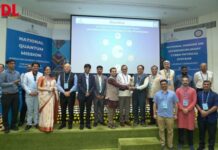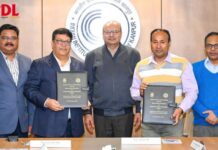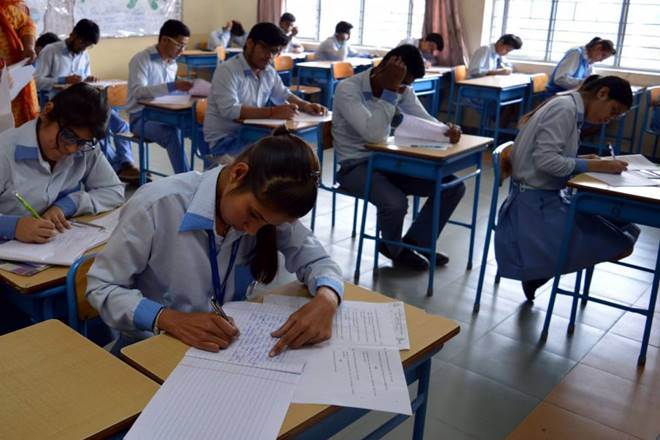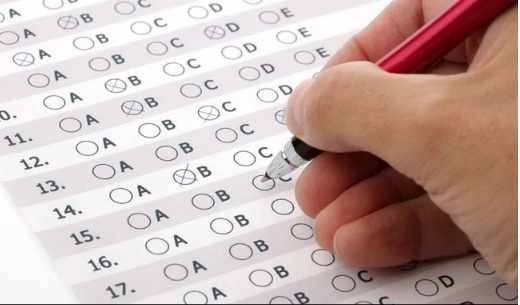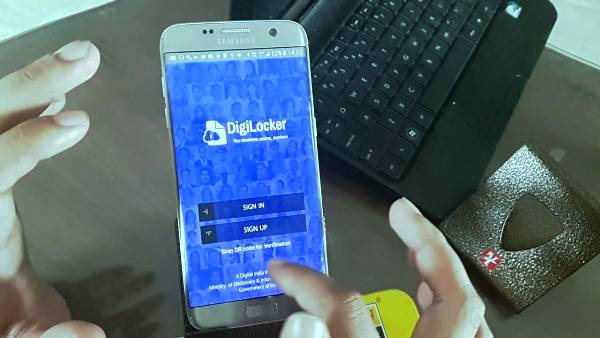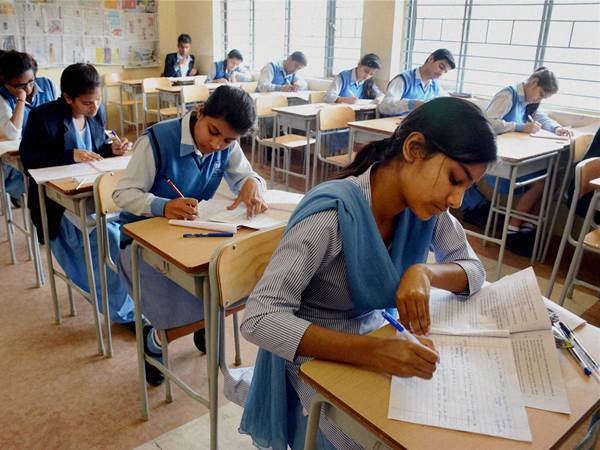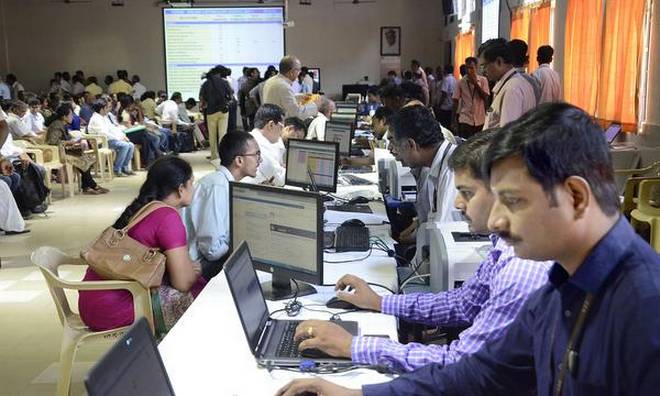The admit card for the Jawaharlal Nehru University Entrance Examination (JNUEE) and Combined Biotechnology Entrance Examination (CEEB) is scheduled to be released by the National Testing Agency (NTA) on May 14, 2019 (Tuesday).
The candidates who have applied to appear in the examination can download the admit card by visiting the official website- ntajnu.nic.in.
The official notification released by NTA says, “The candidates are hereby informed that the downloading of Admit Card of JNUEE and CEEB – 2019 will take place from 14th May 2019. This has been done on account of extension of the last date of the online submission of Application Form of JNUEE and CEEB 2019 from 15th April 2019 to 18 th April 2019 and payment of fee upto April 19, 2019.”
Notably, this is the first time that National Testing Agency (NTA) is conducting the examination online and in MCQ based format, for admission to Jawahar Lal Nehru University (JNU).
The decision had faced protests from the JNU students’ union (JNUSU), however, the NTA is unmoved and the exam will be conducted in the pre-determined format only.
NTA JNUEE, CEEB Admit Card 2019: Steps to download
- Visit the official website- ntajnu.nic.in
- Click on the ‘download admit card link’
- Enter registration number, roll number
- Admit card will be displayed on the screen
- Download it, and take a print out for further reference.
The JNUEE will be conducted from May 27 to 31, 2019 in 127 cities across India. In previous years, the test has been conducted in around 51 cities.
The admission will be held for 3,383 seats including 1,043 for MPhil and PhD courses this year.



